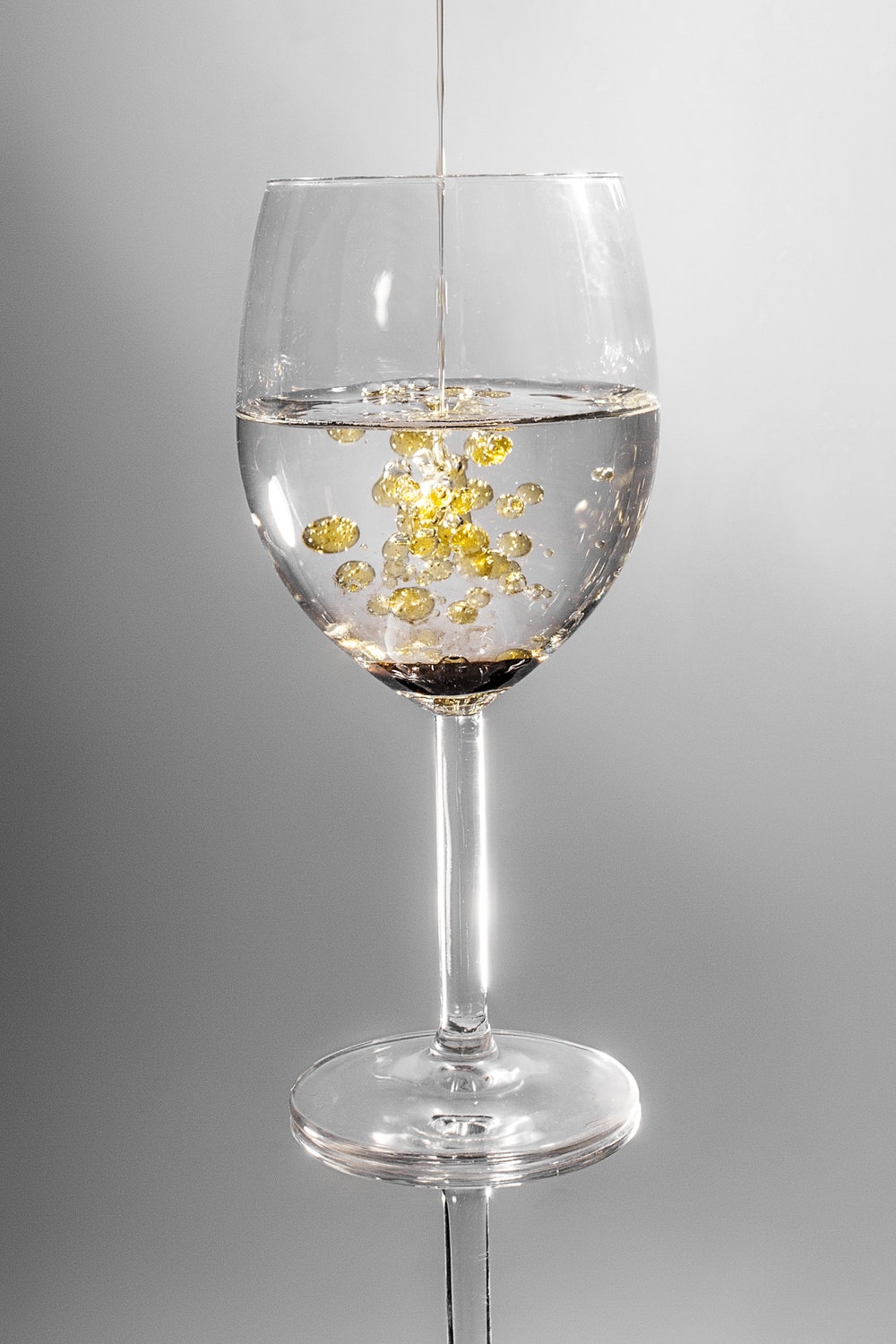What is argan oil and where does it come from?
Ever tried argan oil? I’ve had it in two forms of hair product (both were hair conditioners, different kinds) so far since hearing about it, and oh. my. goodness. The stuff is phenomenal. Not only does it smell like heaven, but it leaves your hair feeling like silk. Naturally, my mind wants to know 1. what’s in it, and 2. how did it ever get here to my little hometown salon in the tiniest city in the midwest? Come on, let’s take a look!
From high in treetops of the Moroccan Argan Forest comes this impressively versatile oil
According to Wikipedia, argan oil is made from the kernels of the argan tree, native to Morocco. It’s first use isn’t to slather in your hair, oddly enough, either. Turns out it’s actually edible — used for dipping bread into or to toss in with your pasta or salads, similar to olive oil. It’s cosmetic purposes are actually secondary – and not only for the hair either!
It’s full of nutrients and a little goes a loooonng way
In any case, the oil is full of vitamins A and E, as well as linoleic acid, antioxidants, and Omega 6 fatty acids. And a little goes a long way, too. You really only need one or two drops per daily use to get the results desired, so even though it’s a bit on the expensive side, even a small container usually lasts a long time.
How is it made and…wait, why are goats in the trees?
These slow-growing trees are so revered that in 1998 the Argan Forest was declared a Biosphere Reserve By UNESCO.
To make the fragrant oil, workers must extract it from the kernel inside the nuts of the argan fruit. Now, one way to do this is to have goats climb the argan trees (The trees are so beloved to the region that the Argan forest was declared a Biosphere Reserve by UNESCO in 1998), eat the fruit and leave behind the partially digested kernels in their excrement, which you’ll collect later for processing. However, since most prefer not to do it this way, they must first get into the fruit of the tree themselves and dig into the pulpy flesh, which contains the nut and then within that, the oil-rich kernels — between one and three kernels per piece of fruit can be found usually.
Cracking the nuts and fair trade argan oil
To do this, they first dry the argan fruit, then remove the pulp and crack into the nuts. The cracking process is still done by hand as mechanized versions attempted were unsuccessful. This cracking procedure makes for a long work day and time-consuming, laborious endeavor. (For this reason, we must ensure the Berber women who typically perform these tasks see enough of the profits from the sale of the finished products. With this in mind, take a peek at six of the best fair trade brands of argan oil highlighted here.)
Roast the kernels for cooking oil, or go without the roasting for cosmetic products
Then, once cracked, they roast the kernels they plan to use for cooking oil. Then, finally, they grind and press them, filtering the resulting oil into containers and keeping the mash for cattle feed. The cosmetic version of the oil is made almost exactly the same way but without the kernels being roasted so as to avoid an overly “nutty” scent in the cosmetic products. It may be filtered again depending upon the clarity desired, and the purest of argan oil may contain some pieces of sediment. The fragrance of the oil is similar to hazelnut in its unroasted state anyway.
Store your argan oil in dark amber glass bottles for best results
The best way to store argan oilis in dark amber glass bottles. Aluminum and stainless steel can work in a pinch as well. This keeps heat and light out to prevent the destruction of beneficial nutrients. Plastic bottles are not ideal for keeping argan oil and should be avoided.
How many ways can you use argan oil?
When you’re ready to try, don’t be shy! There are plenty of ways to use the oil, so it’s not at all limited to just culinary oils and leave-in hair conditioner. You can also use it as a skin toner, acne treatment, dry scalp treatment, exfoliation treatment, nighttime intensive moisturizer, wrinkle prevention, stretch marks reducer, lip conditioner, dry feet/heels remedy, rash relief, razor bumps and burn treatment, an overnight deep conditioning treatment for your hair, and a moisturizer for your fingernails.

